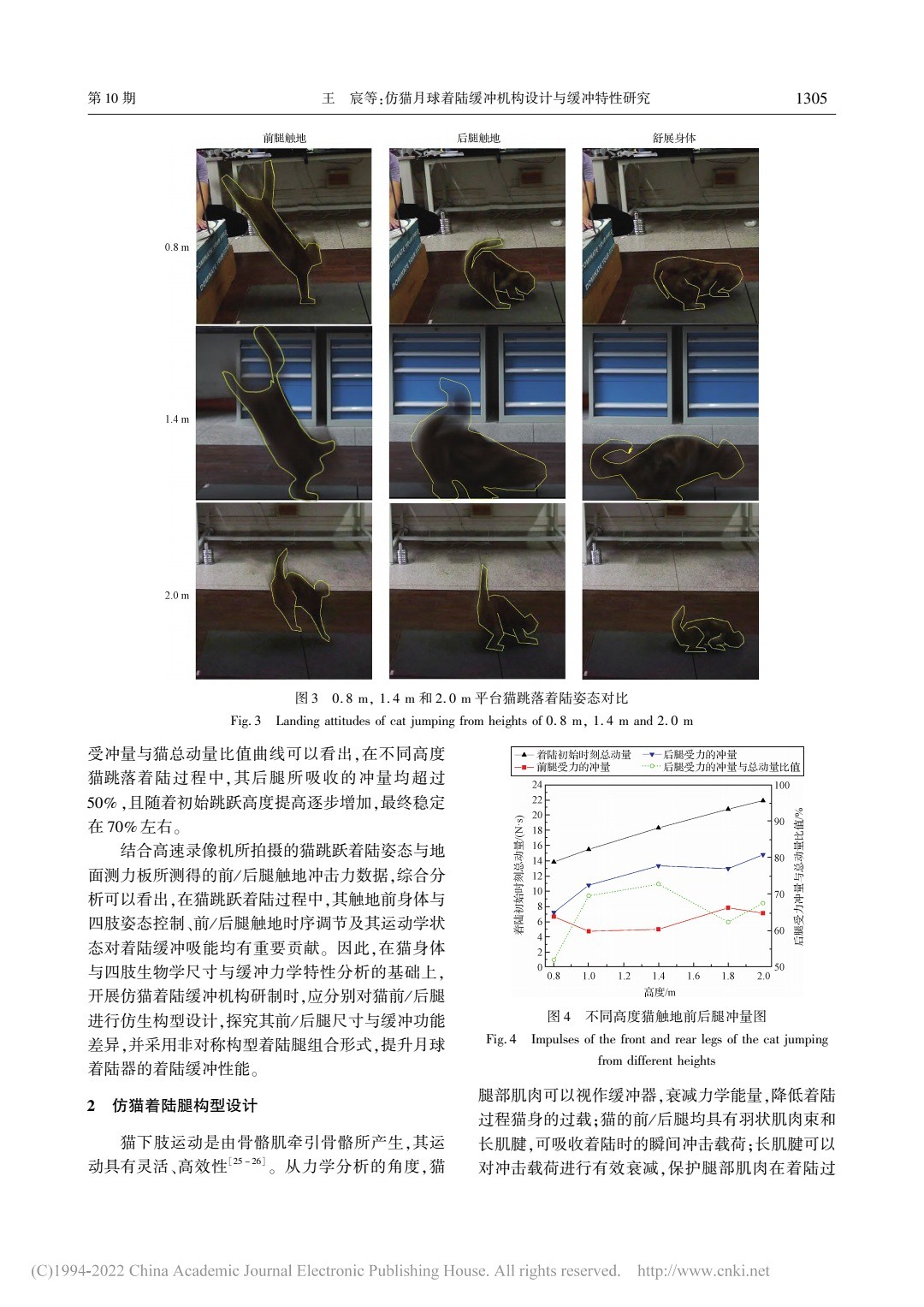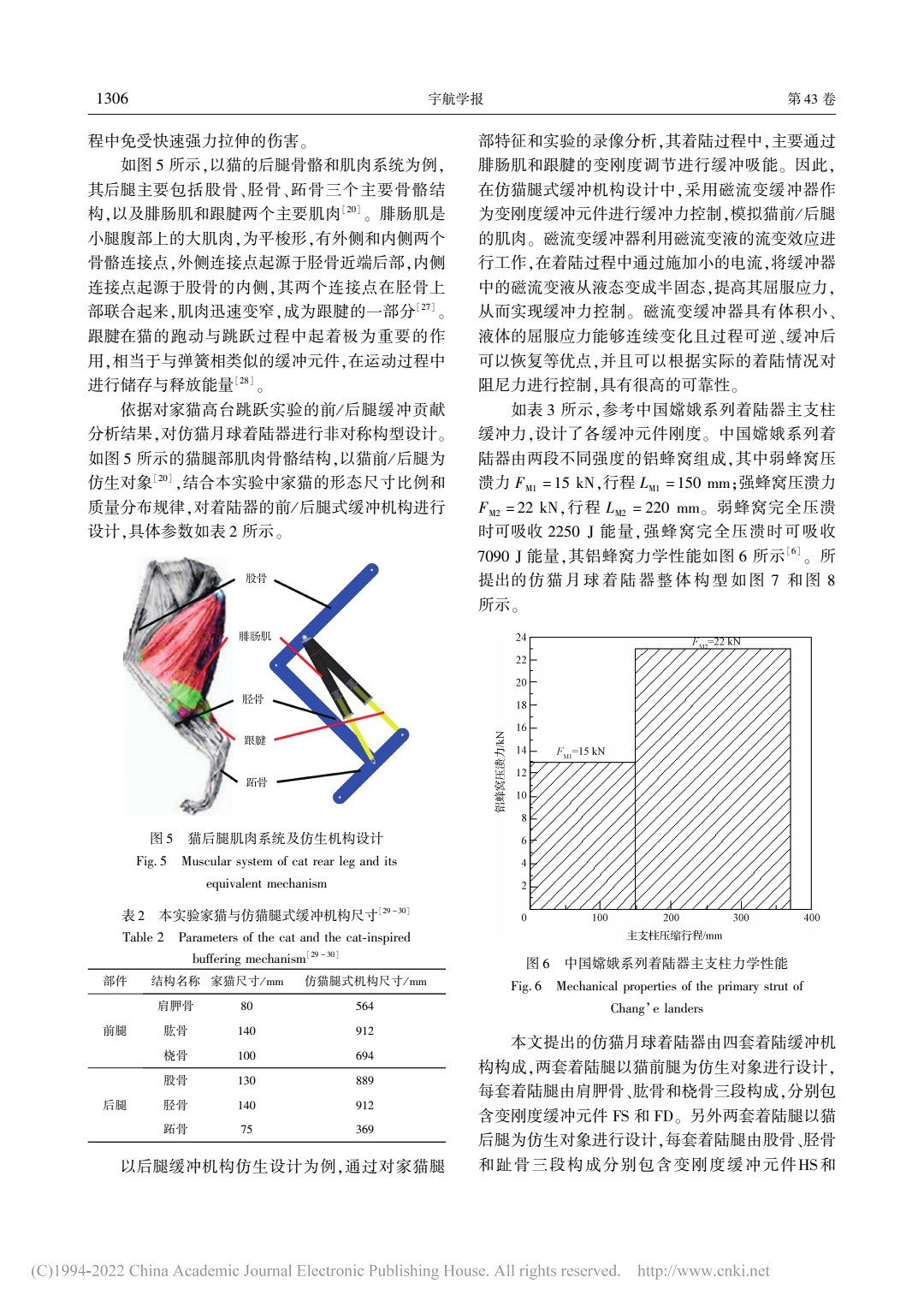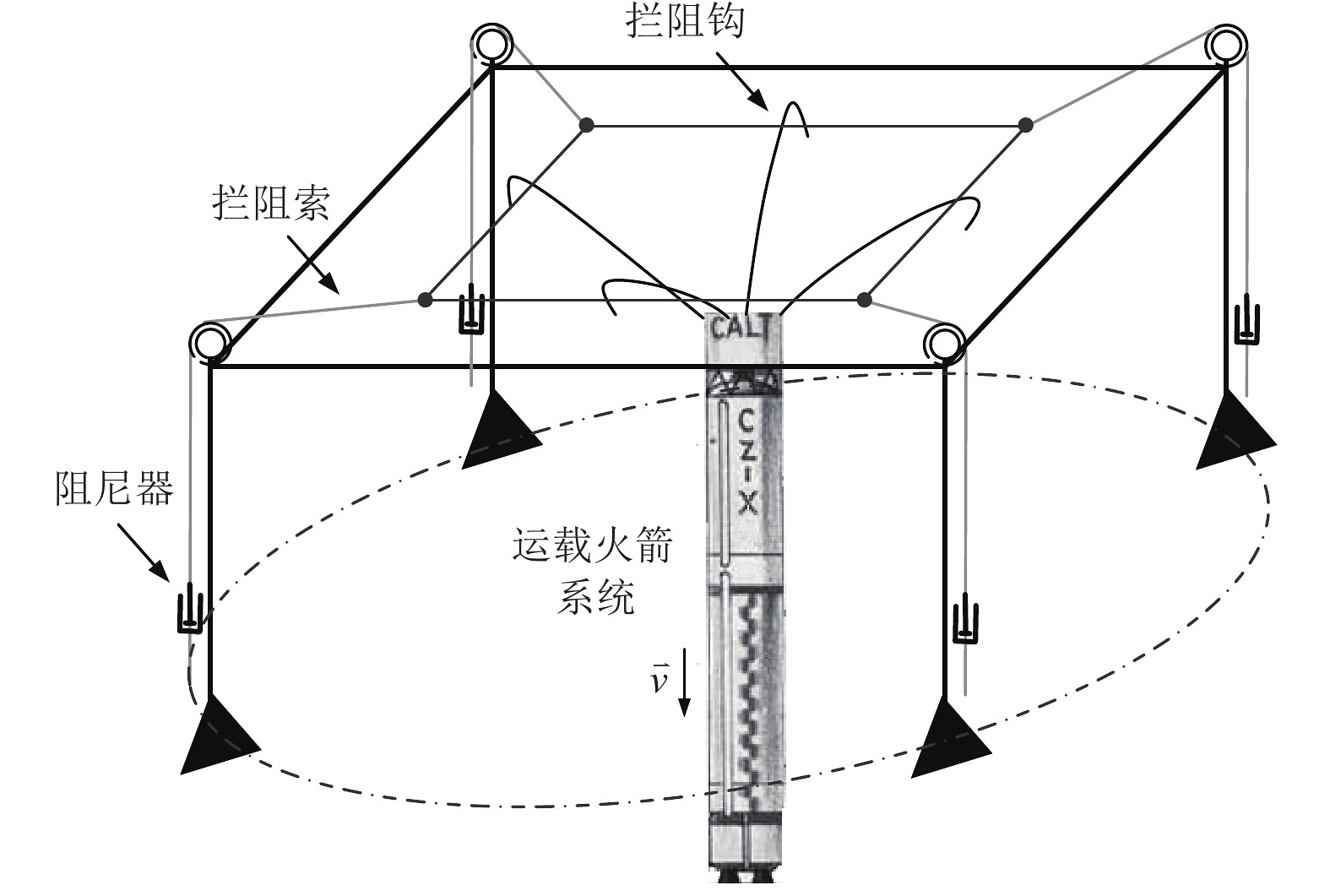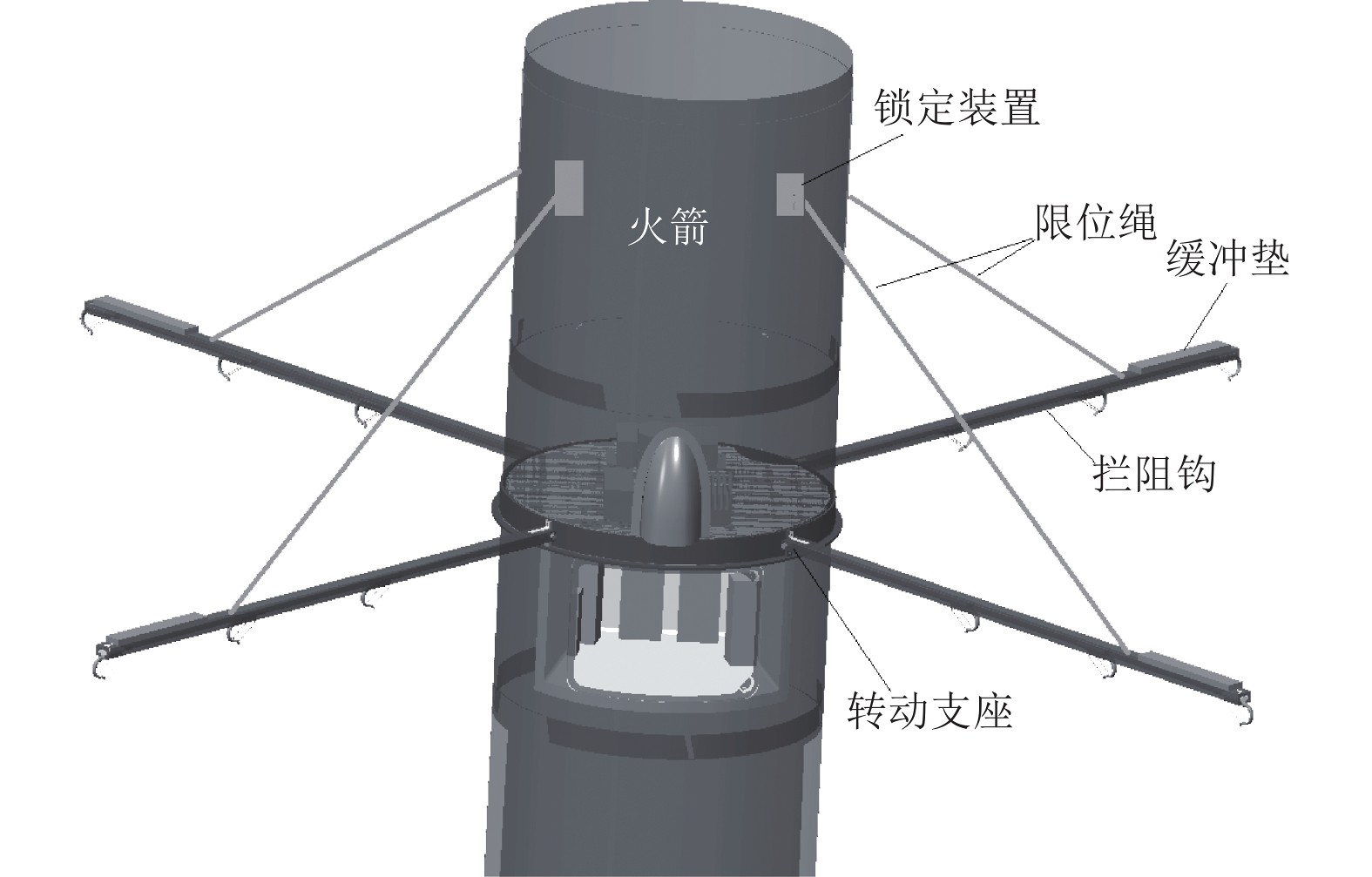by78
General
A lunar landing mechanism inspired by cats. The full original paper in Chinese can be . I have also attached a translated PDF to this post.
Abstract: Aiming at the problem that the buffering force of the existing passive aluminum honeycomb lunar lander fluctuated greatly and could not be reused, the cat inspired lunar landing mechanism based on magnetorheological damper is proposed. Firstly, the jumping and landing experiments of house cats from different height platforms are carried out, and the attitude and the impulse of their front/rear legs touching the ground are analyzed to explore the buffering and absorption mechanism of house cats. The results show that rear legs absorb more than front legs. Secondly, based on the cat jumping experiments and the parameters of China’s Chang’e series lunar landers, a novel cat inspired landing buffering mechanism is designed, simulated and compared. The results show that the maximum acceleration of the proposed cat inspired lander is reduced by 18.3% and has better landing performance. The shock absorption contribution of the front legs is about 40%, and that of the rear legs is about 60%, which is basically consistent with experiments of house cats. The rationality of the proposed lunar landing buffering mechanism design is verified.




Abstract: Aiming at the problem that the buffering force of the existing passive aluminum honeycomb lunar lander fluctuated greatly and could not be reused, the cat inspired lunar landing mechanism based on magnetorheological damper is proposed. Firstly, the jumping and landing experiments of house cats from different height platforms are carried out, and the attitude and the impulse of their front/rear legs touching the ground are analyzed to explore the buffering and absorption mechanism of house cats. The results show that rear legs absorb more than front legs. Secondly, based on the cat jumping experiments and the parameters of China’s Chang’e series lunar landers, a novel cat inspired landing buffering mechanism is designed, simulated and compared. The results show that the maximum acceleration of the proposed cat inspired lander is reduced by 18.3% and has better landing performance. The shock absorption contribution of the front legs is about 40%, and that of the rear legs is about 60%, which is basically consistent with experiments of house cats. The rationality of the proposed lunar landing buffering mechanism design is verified.














